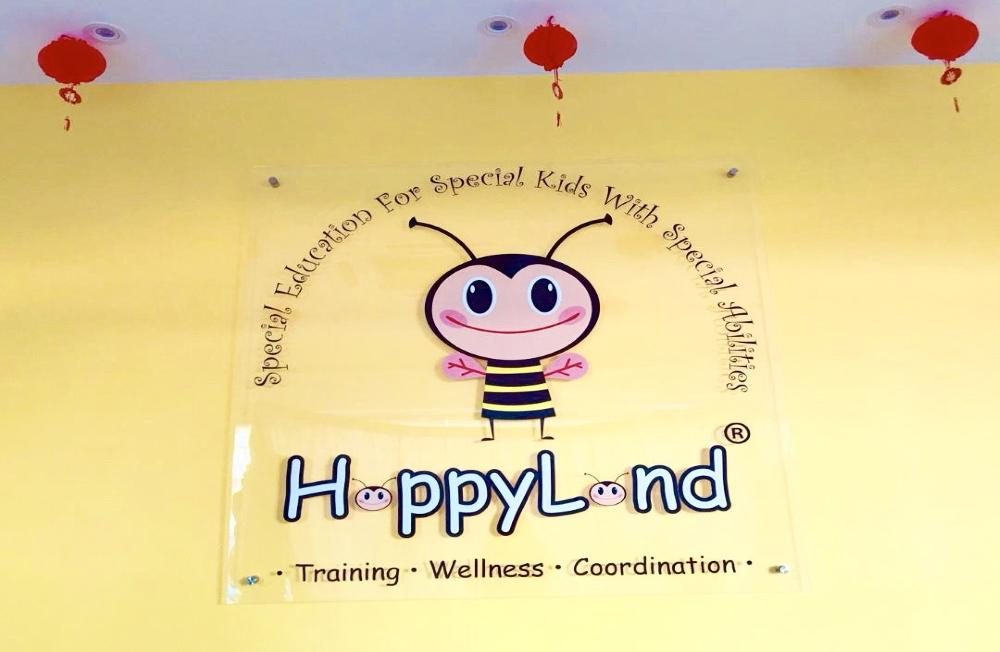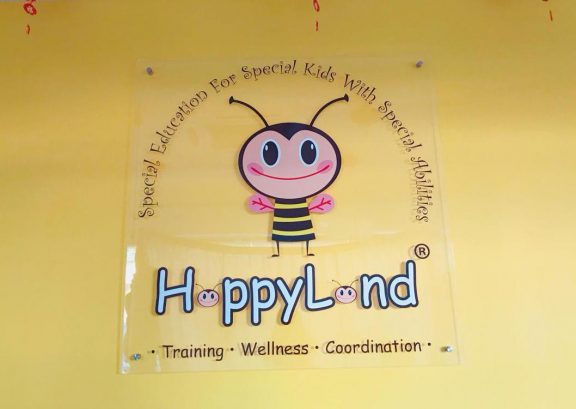5 Facts About Dyslexia: The Most Common Learning Difficulty
by on 05/07/2025 ...

1. Dyslexia Affects Your Ability to Read and Write
Dyslexia is a language-based learning difficulty. Someone with the disorder will have problems with reading, spelling and writing.
The main issue in dyslexia is a problem with recognizing phonemes. Phonemes are the basic sounds of speech, such as ‘c’ in ‘cat’. This would make it hard to connect a sound with a letter symbol, and to therefore combine sounds into words.
Here are some signs a person may have dyslexia:
- Takes a much longer time for tasks involving reading or writing
- Mispronounces words
- Has problems understanding what is heard
- Struggles to memorize lists of items or phone numbers
- Displays difficulty with directions and reading maps
- Finds learning a foreign language highly challenging
2. It Is a Neurological Condition

Dyslexia occurs due to differences in how the brain processes speech and letter sounds. It can range from mild to severe.
People are usually born with the condition, although it can be developed later in life due to a brain injury or stroke. Often times, people with dyslexia have relatives with the same condition.
There is a myth that kids with dyslexia are ‘lazy’ or ‘not trying hard enough’, but this is inaccurate. They may be motivated and put in real effort to do their school work, but can still struggle if they do not receive the right type of intervention.
3. It Is Found in About 10% of the Population
Dyslexia is the most common learning difficulty. It affects about 80 to 90 percent of all learning disorders.
Because of how common it is, there are both downsides and upsides. The downside is that many tend to associate it with false information, since the term is thrown around a lot.
The upside, on the other hand, is that there are strategies and assistive technologies developed for (or are known to help) the many people with the condition.
Spell checking software, text-to-speech programmes and smart pens (pens that track what is being written and turns it into legible typewritten text) are examples of tools that can be useful for dyslexics.
4. Dyslexia Has Nothing to Do with How ‘Smart’ You Are
Albert Einstein, Tom Cruise, and Leonardo Da Vinci are just a few examples of people with dyslexia, who are (or were) highly successful and respected in their given fields.
The condition can happen to anyone, with any level of intelligence or IQ.

5. There Is No ‘Cure’, but There Are Ways to Manage It
Having dyslexia is a lifelong thing. Although this is the case, there are still approaches that can help produce better outcomes for those with the condition.
Early assessment and intervention are ideal when it comes to the management of dyslexia. A large part of this is because, left untreated, the condition can greatly impact a child’s self esteem and motivation to learn—which would continue to have a domino effect into adulthood.
However, those undiagnosed until later in life should know it is never too late to seek help.
Parents who suspect their child may have dyslexia, should:
1. Consult an educational specialist to get a diagnosis
2. Work together with the specialist to meet your child’s specific needs
Do you think your child may be dyslexic? Read more about the condition here.
Contact: Autism Behavioral Center (ABC), Bangsar, Kuala Lumpur





































